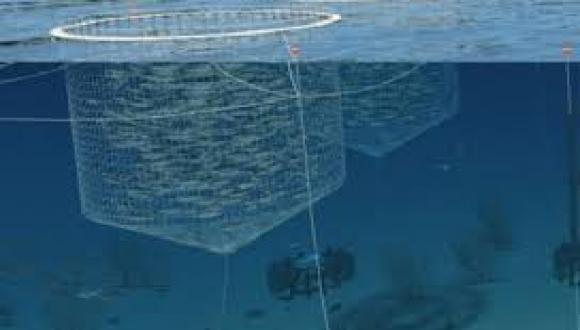Bio-fuel and ‘Integrated Multi-Trophic Aquaculture’ (IMTA) – energy, food supply & a clean environment
An innovative approach to exploit marine organisms for the production of food and energy without damaging the environment.
An innovative approach to exploit marine organisms for the production of food and energy without damaging the environment.
Food, clean environment and energy are intricately linked to human society’s standards of living, and during the 21st century we are expecting to witness dramatic changes in how these life-supporting necessities are exploited, processed and controlled. It is clear that growing human populations, accelerating ecological disturbances, dwindling natural energy resources and climate change concerns will present us with major challenges, requiring cutting edge solutions in technologies as well as approaches.
Our main goal is to come up with and examine an innovative approach, one which will exploit the abilities of different marine organisms to produce food and energy without damaging the environment. We maintain that by using IMTA (Integrated Multi-Trophic Aquaculture), it will be feasible to produce high quality nutritional biomass, low-cost algae for bio-energy, and at the same time dramatically lower the impact on the environment via reduced eutrophication and pollution, as well as the efficient elimination of carbon emissions.
Our overall goal comprises a three-fold approach. First, to create sound assemblages of cultured species which are profitable as food sources. Second, to ensure that the extracting species (i.e. filter-feeders and algae) are highly efficient in removing waste released by the aquaculture complex. Third, and the most important and challenging task, is to create an algal culture which will be profitable as an energy source. In this regard our target algal groups are benthic macro-algae. Bioenergy sources that can be obtained from algae include starch and osmolytes, which can be converted into alcohols, lipids or hydrogen.
Another important aspect of using algae is their ability to be exploited as a highly cost-effective solution to greenhouse gas emission remediation. Algae possess among the highest photosynthetic conversion efficiencies known and are metabolically very versatile organisms. Reckoning in these advantages of algae, as well as their fastest growth rates among all the plants on the planet, algae can be used for the consumption of carbon emissions and the elimination of greenhouse gases. Since carbon emission is unavoidable, the importance of algae lies in their ability to eliminate greenhouse gases, rather than attempting to sequester them.
Collaborators: Dror Angel (HU), Alvaro Israel (IOLR)
Ph.D. student: Leor Korzen (TAU)






